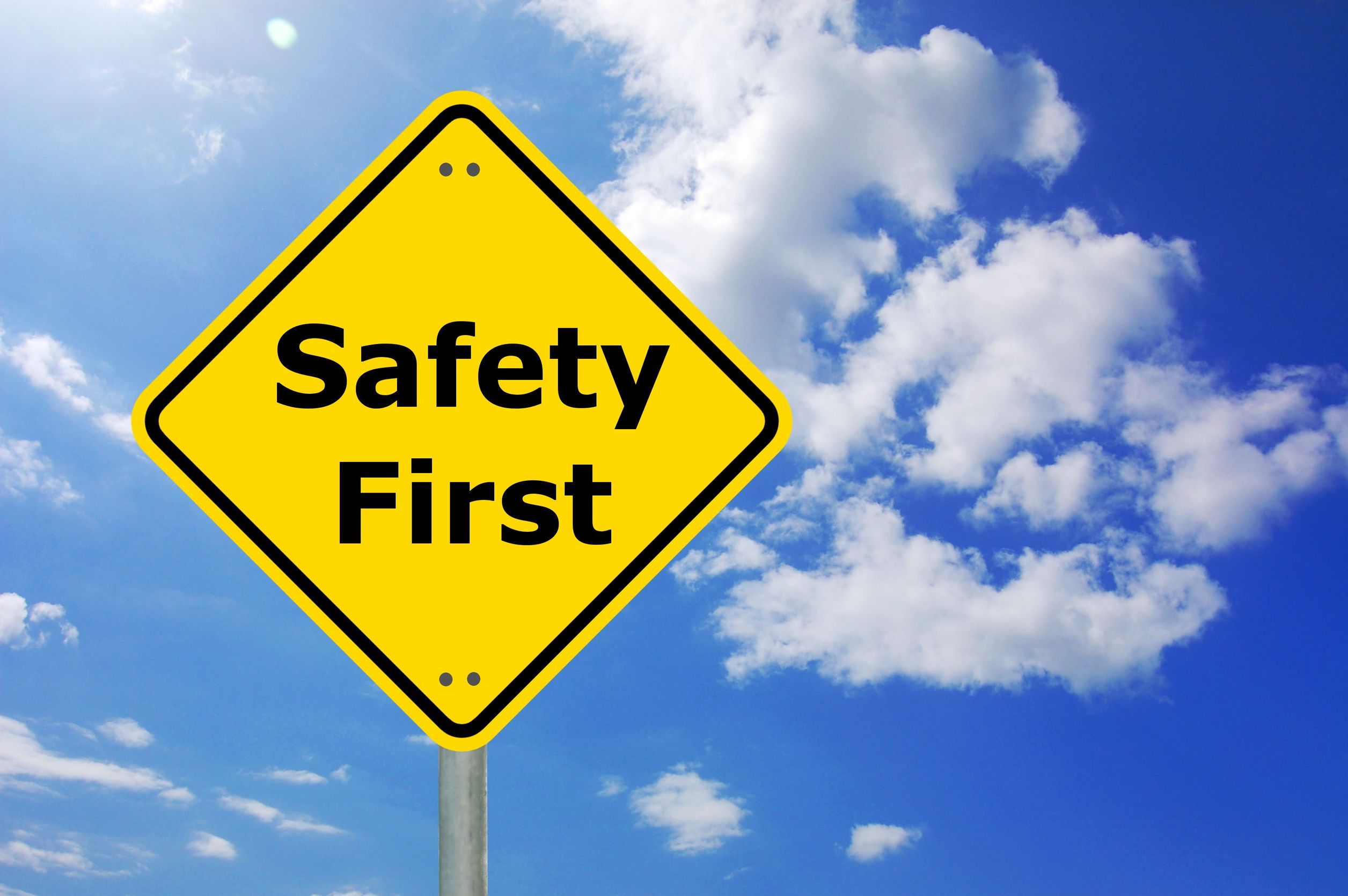Related: Rooftop Fall Protection, Netting,
You have probably heard of the term “safety culture” before, but what exactly is a safety culture? Why is having a strong safety culture important? And how can one cultivate one within your organization?
The Occupational Safety and Health Administration have created a paper called “Injury and Illness Prevention Programs” which cities some pretty shocking statistics.
Every day at least 12 workers will die on the job – more than 4,500 per year
Every year, more than 4.1 million workers will suffer from a serious job-related injury or illness
If you work within a small or medium-sized company these numbers might not seem relevant to you, you may believe that these numbers only apply to larger companies, but unfortunately, the size of your company does not influence your chances of being at risk of becoming a part of these statistics.
All leaders within a company should feel responsible for shaping the overall culture within an organization, and more importantly, they should feel responsible for creating a safety culture within their organization.
So what exactly is a safety culture? The definition of a safety culture is a set of core values and behaviours, which emphasize safety as an overriding priority. While values are the foundation, safety culture is ultimately expressed through what is said and done – through behaviour. Each organization has or should have its own description of an ideal safety culture based upon values; though several elements should be present to all.
Safety culture is not a collection of policies, procedures and programs. While policies and procedures can help in developing a safety culture, in reality, safety culture is much more than that. It requires commitment from all levels, integration into everyday life, training and information for all employees, systems for hazard prevention and control, a blame-free work environment and on top of that the celebration of success.
The following are some of the key values/ideas that should be kept in mind when you try to define what you wish for your organizations’ safety culture to look like.
Employees at all levels should feel comfortable stopping each other when at-risk behaviour is observed and they should be recognizing each other when safe behaviour is showcased.
Good constructive feedback is important for improvement, and positive reinforcement for safe behaviour is essential; this will help to build safe habits. The more actively involved all levels of employees are within an organization in delivering positive reinforcement for behaviours that match with the desired culture, the stronger the culture will become.
Everyone should pursue the identification and remediation of hazards within the workplace.
Every employee should be on the lookout for any potential hazards, and when hazards are found they should be reported and corrected as quickly as possible. For this to happen though you have to maintain good communication about hazards, this will not only have the benefit of creating a safer workplace, but it will also help to improve your employees’ engagement.
FACT: front-line employees who believe management will quickly take care of hazards are more willing to participate in safety initiatives, and report any hazards that they find.
No unnecessary blaming when near misses or incidents occur
When people engage in at-risk behaviours, which lead to incidents, some organizational systems and practices inadvertently encourage those behaviours. This is why it is important to uncover the reasons as to why the event occurred and make the necessary changes to the systems and practices to encourage safe behaviour, instead of blaming the people who engaged in the at-risk behaviours.
Employees fear discipline, and this fear drives them to under-report incidents and stifles the involvement needed to create a safety culture
Though discipline has its place, many safety issues can be effectively dealt with without discipline. The side effects of having discipline for safety-related issues is that it works against building a safety culture, it can lead to lower morale, reduced trust, lower productivity, less teamwork and a lack of engagement. On top of this, it can also make employees feel less inclined to report any incidents, which then cripples an organization’s ability to learn from past mistakes and become more proactive.
A workforce is characterized by good relationships, at all levels of employment.
Trust is essential, it is the main component of an effective safety culture; the employees whether they are management or front line need to trust that any safety hazards that are brought forth will be quickly fixed without any blame being unnecessarily delegated.
Safety should not just be something referred to in meetings but should be integrated into day-to-day-work
Safety should not be treated as something separate to be discussed only during weekly safety meetings or at shift changes. Safety needs to be a part of every conversation and considered in every decision.
Success should be celebrated
You should not just focus solely on the company’s safety record, but also on the everyday successes that are created to achieve that record. This will help to nurture and encourage the development of the safety culture.
Once you have defined what the ideal safety culture you wish to create within your organization looks like. You should then target positive reinforcement of the desired behaviours you wish to cultivate, this will help lead to rapid change as all employees will start not only to showcase the desired cultural behaviours, but they will also start to reinforce those behaviours within others.
Changing the culture within an organization whether it is big or small is no simple task. Many elements contribute to creating and sustaining a strong culture of safety. And though these may things may differ from organization to organization four very distinct cornerstones create the foundation of any safety culture.
The first cornerstone is leading indicators. Safety culture is heavily influenced by metrics, how safety is managed is a primary contributor to an organization’s safety culture. Companies that have a strong safety culture have safety embedded within daily management; they make it part of their daily activities. They ensure safety is a part of their every decision and behaviour. Unfortunately though in many organizations leaders only think of safety during safety meetings, audits and when an incident occurs. This though is not nearly enough to create a safety culture, organizations need to move away from measuring safety largely though incident rate. Measurements such as long-time case rate and severity rate can tell you how many people got hurt and how badly, but they don’t help you to figure out what your company leaders are doing to prevent such instances from occurring again.
This is why one of the cornerstones in building a safety culture is changing the way safety is measured. Metrics such as the incident rate are still necessary but it shouldn’t be the only metric used, but a part of several. The majority of measurements should be focused on the proactive behaviours on the part of all employees; they should measure and track what people are doing to prevent accidents from occurring. When you put in place measurements on what leaders are doing on a daily and weekly basis to prevent accidents from occurring you will be ensuring that safety is attended to at all times and not just when incidents occur.
The second cornerstone in establishing a safety culture would be forward-looking accountability. Accountability is essential in all aspects of a business, but it is particularly important for creating a safety culture. In companies that have developed a strong safety culture, accountability has a different focus. These companies have forward-looking accountability instead of backwards-looking accountability something, which was defined by Virginia Sharpe. Backwards-looking accountability is all about assigning blame; finding the individual who is responsible and delivering punishment, and though this is sometimes the right thing to do it has many downsides and will not help in the long run in developing a safety culture.
Forward-looking accountability, on the other hand, is about acknowledging the mistake and any harm that was caused by it, but then looks into and identifies any changes that need to be made to prevent it from happening again and assigns responsibility to someone to make the necessary changes. The accountability is focused on making changes – building safe habits and a safe physical environment, which will help to prevent a recurrence and does not punish those who made the mistake. Effective safety culture should acknowledge that mistakes will be made, but instead of punishing those who make them instead take steps to prevent them from being made again.
The third cornerstone is good relationships. Relationships matter and they are worth their weight in gold when you are trying to cultivate a safety culture. Great safety culture is characterized by its relationships at all levels, this enables for open, honest conversations about what is working and what is not, and what mistakes have been made and what needs to change. Workers need to be able to trust that if they tell management what is going on that management won’t in turn overreact. Setting clear expectations, providing helpful feedback, acknowledging good work, seeking to understand the problems/issues, active listening, following through on commitments, removing roadblocks and asking for feedback are all things that management should be doing to build trust and create good relationships with all levels of employees.
Having a good relationship means ensuring accountability and constructive feedback. A positive employee-management relationship should include mutual trust and respect as the foundation of a partnership around safety.
The final cornerstone is discretionary effort. Discretionary effort is that extra effort that an employee can give at work, but are not obligated to. It means that an employee goes above the basic requirements of their job. Many people believe that safety is a compliance issue – that getting people to comply with safety rules, regulations and procedures are all about compliance, but if you want to create a safety culture it will require inspiring that discretionary effort from your employees
True safety culture isn’t about people following procedures, complying with OSHA standards and making sure people wear personal protective equipment it is about what happens when someone looks a hazard report, gives peers feedback on safety and at-risk behaviour, volunteer for safety committees and make suggestions for improving the safety within a workplace. You can try and make it a requirement to follow all of the safety rules, but you will need that discretionary effort from your employees to truly make a safety culture grow and thrive within your organization.
No one ever said that creating a safety culture would be easy. You have to listen to the complaints your employees have and make the necessary changes that they ask for to ensure their safety. Whether those changes are increasing the number of inspections completed on the machines, installing safety netting or replacing the rooftop guardrail. You have to listen when recommendations are made and respond positively to truly create a strong safety culture. Hopefully, the information provided within this article will help you take the necessary steps needed to grow and cultivate a strong safety culture within your organization, and remember everyone is responsible for developing and maintaining the safety culture within your organization.
How strong is the safety culture within your business?
How often do you feel unsafe at work?
What would you recommend to someone trying to create a safety culture within his or her organization?
Comment bellows and share your thoughts!


